News articles

Graphene Week 2016 Day Three
Graphene Week 2016 Daily Digest Day 3
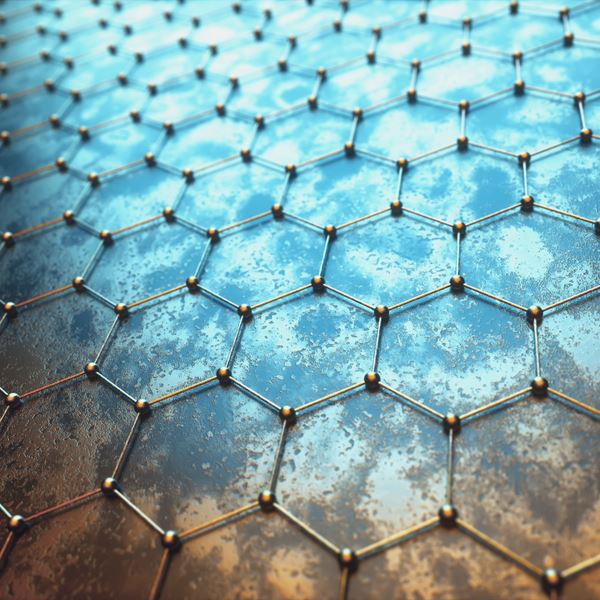
Graphene Week 2016 Day Two
Graphene Week 2016 Daily Digest - Tuesday 14 June – Day Two
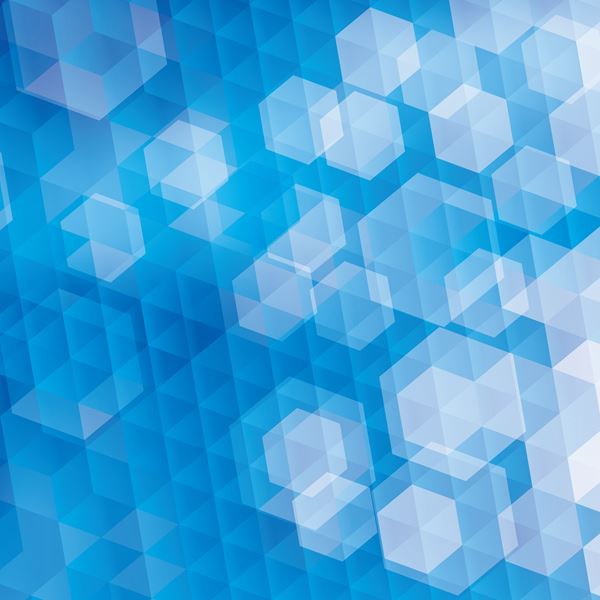
GW16_DailyDigest_June14
Graphene Week 2016 Daily Digest - Monday 13 June – Day One
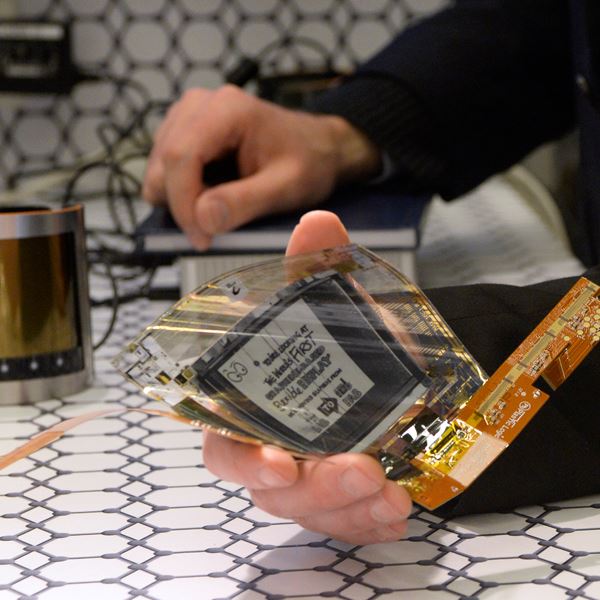
Roadmap
The roadmap session is driven by the Fraunhofer Institute for Systems and Innovation Research ISI team and will be chaired by Dr Michael Meister who has assembled a panel of expert speakers to provide insights on the industrial demands of Graphene in the coming years.
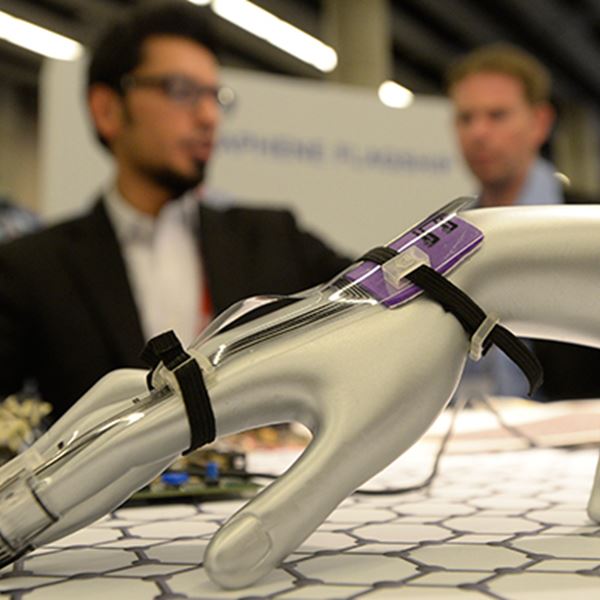
Nature Symposium on Biomedical Applications
Taking place on Thursday 16 June, this 'must-see' symposium brings together leaders in the field of biomedical applications of graphene.

Graphene Week 2016 Speaker Profiles
With its exceptional scientific programme Graphene Week 2016 is the highlight of the European graphene conference calendar. Here you will find a series of short interviews with the invited speakers, that will be continuously updated until the start of the conference.

How to start a start up
So, you've done some great research, got a great paper, possibly even filed a great patent but what now? If you have ever wondered how to take research and, truly, (objectively), assess its worth and turn it into a start up company then this is the session for you.
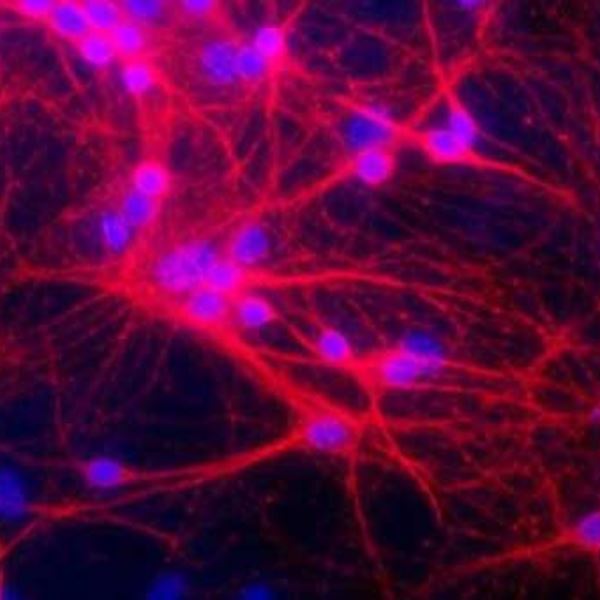
Safety by Design Graphene and the Brain
The Graphene Flagship has dedicated a considerable amount of time and resource to develop a safe approach to use and handle graphene and related materials. By integrating this approach at every level the Graphene Flagship aims to engineer out risks

Speaker biography
With its exceptional scientific programme Graphene Week 2016 is the highlight of the European graphene conference calendar. This is the first in a series of interviews with the invited speakers, giving us a unique preview of their talks.

New format at Graphene Week 2016 Graphene Innovation Forum
The Graphene Flagship is pleased to announce the inaugural Graphene Innovation Forum taking place during Graphene Week 2016 which will focus on the three exciting and important areas of graphene road mapping, commercialisation and standardisation.

Take your technology forward with the Graphene Flagship
The Graphene Flagship announced today the addition of four exciting new sessions to the Graphene Week programme. These sessions, included in the conference fee, centre around the idea that for Graphene and other 2D materials to fulfil their potential, researchers have to be equipped with the skills needed to transfer their technology out of the laboratory.

Bridging the Academia – Industry Divide
Graphene Connect is a series of workshops born out of the basic principle of the Graphene Flagship – to take Graphene out of the academic laboratory and into society. The workshops help to make the connections and introductions that are needed to allow graphene to fulfil it potential by bridging the gap between academia and industry. Graphene Connect is also focused on creating this ecosystem within Europe – to really create a whole value chain that will enable Europe, the birth place of graphene, to reap its rewards.

The Graphene Pavilion at The Mobile World Congress
In February 2016 the Graphene Flagship presented the inaugural Graphene Pavilion at the Mobile World Congress (MWC), the world's largest gathering for the mobile industry with over 100,000 attendees and 2000 exhibitors in Barcelona, Spain. This event, coordinated by the Graphene Flagship and ICFO with support from the GSMA, was a huge success.

Graphene Flagship Enters Core One
In October 2013 the European Commission as part of its Future and Emerging Technologies (FET) scheme launched the Graphene Flagship. This large scale, international research collaboration is moving forward to the core of its mission
